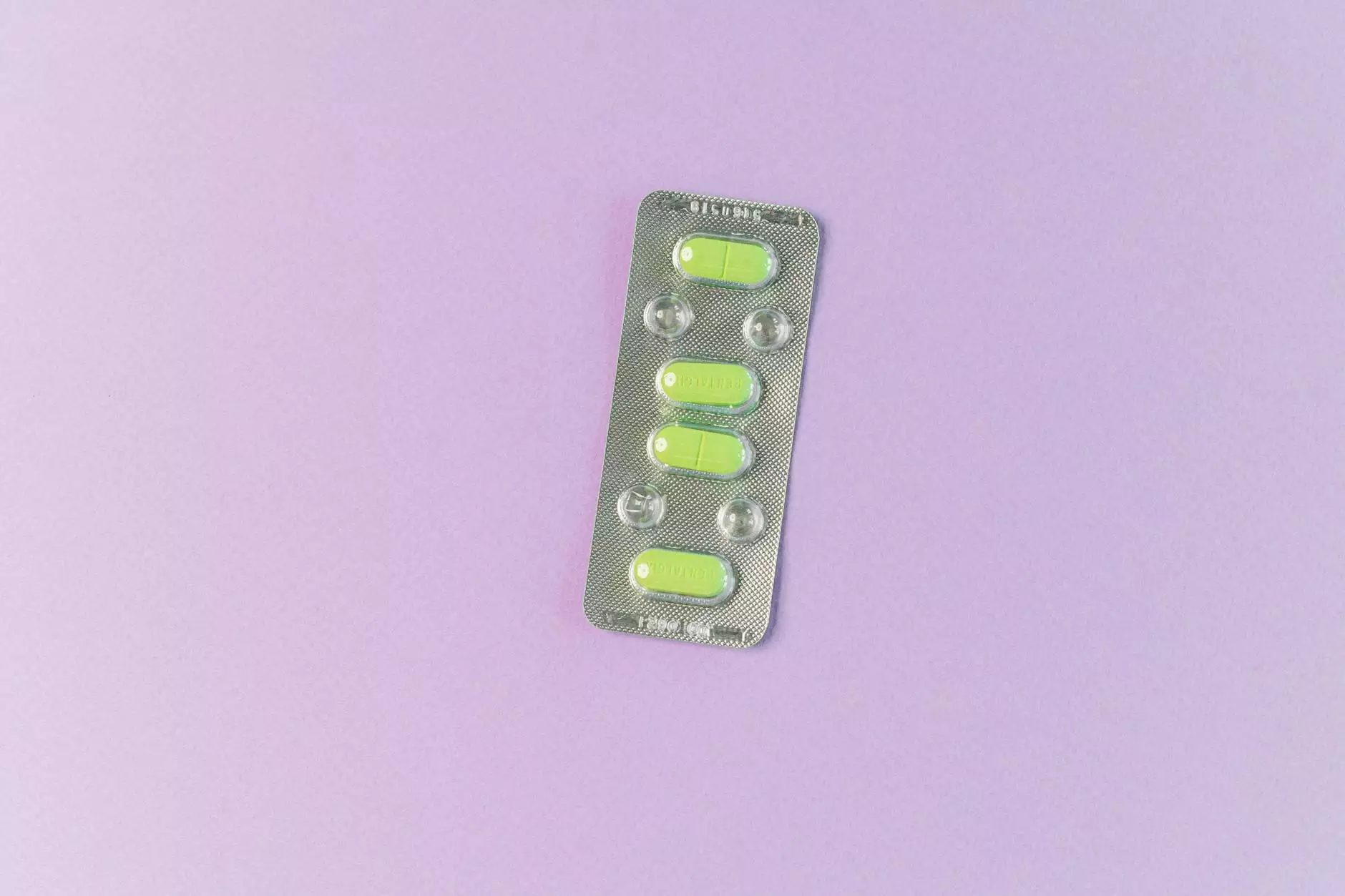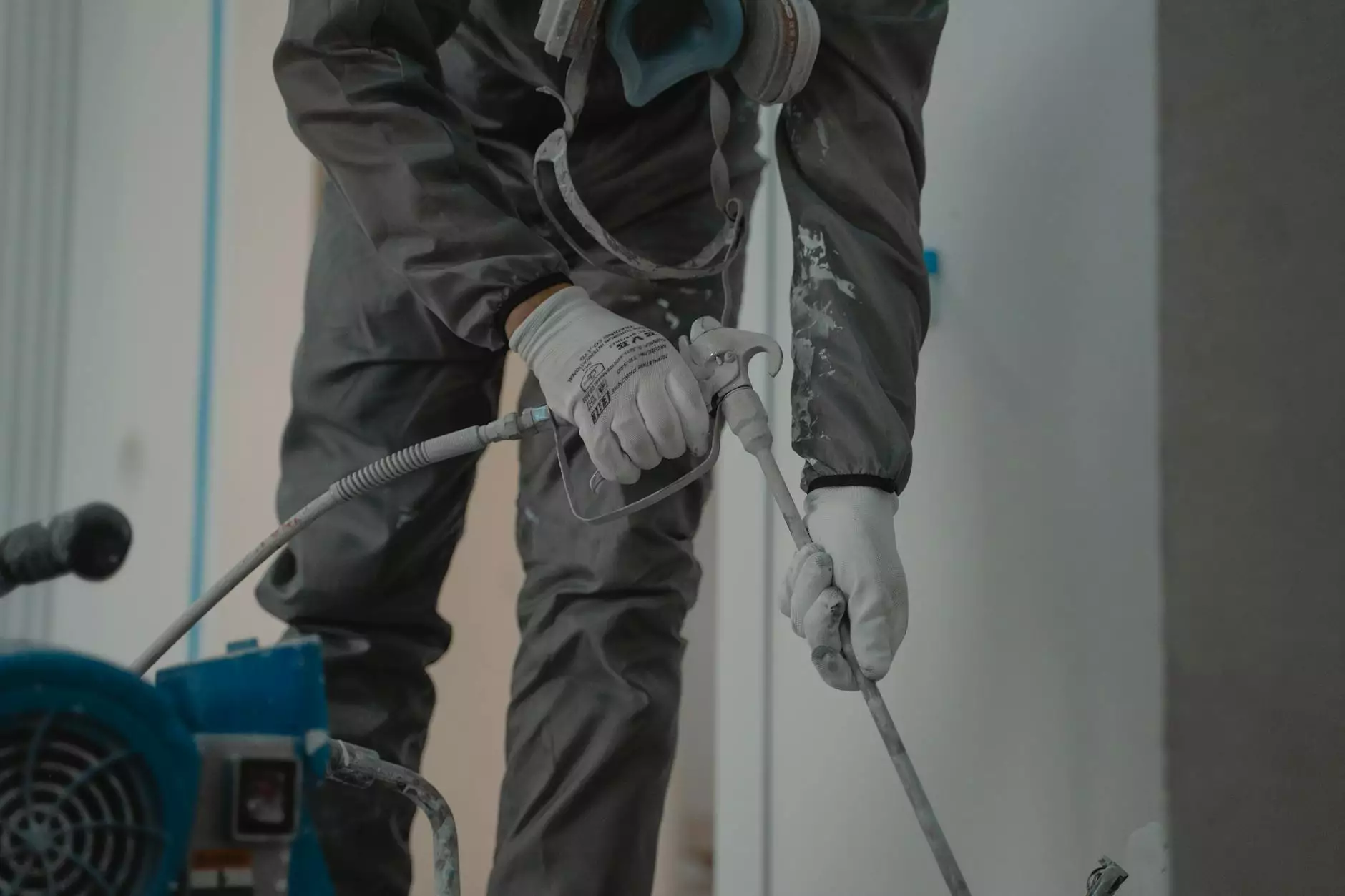Understanding Leg Swelling and Pain

Leg swelling and pain can significantly impact your quality of life, affecting your mobility and overall well-being. This article delves into the various causes, symptoms, treatment options, and preventive measures to help you manage these conditions effectively.
What is Leg Swelling and Pain?
Leg swelling, medically known as edema, occurs when excess fluid accumulates in the tissues of the legs. When combined with pain, this condition may indicate an underlying health issue requiring medical attention. Understanding these symptoms can empower individuals to seek the appropriate care.
Common Causes of Leg Swelling and Pain
Leg swelling and pain can stem from several factors, including:
- Injury: Trauma to the leg can lead to swelling and discomfort.
- Venous Insufficiency: A condition where veins fail to properly circulate blood, often leading to swelling.
- Heart Problems: Congestive heart failure can cause fluid retention, resulting in leg swelling.
- Liver Disease: Conditions such as cirrhosis can cause fluid build-up throughout the body, including the legs.
- Kidney Issues: Impaired kidney function can lead to fluid retention.
- Medications: Certain medications, particularly those for high blood pressure and NSAIDs, may have side effects that include leg swelling.
- Pregnancy: Hormonal changes and increased fluid retention in pregnant women often result in leg swelling.
Symptoms Associated with Leg Swelling and Pain
It's essential to recognize the symptoms that accompany leg swelling and pain:
- Persistent Swelling: Swelling that does not go down after a few hours or overnight may indicate a serious problem.
- Pain: Discomfort can range from mild to severe and may be accompanied by a feeling of heaviness.
- Skin Changes: Changes in skin color or texture may indicate a more serious condition.
- Difficulty Walking: Reduced mobility can be a direct consequence of severe swelling and pain.
- Warmth or Redness: Swollen areas that are warm to the touch may signal inflammation or infection.
Diagnosis of Leg Swelling and Pain
If you experience leg swelling and pain, a healthcare professional will typically conduct a review that includes:
- Physical Examination: A thorough examination of your legs and overall health.
- Medical History: Understanding your previous health conditions and lifestyle factors that may contribute to swelling.
- Imaging Tests: Ultrasounds or MRIs to check for circulation issues or structural abnormalities.
- Blood Tests: To evaluate kidney and liver function, among other metrics.
Treatment Options for Leg Swelling and Pain
Treatment for leg swelling and pain varies based on the underlying cause. Here are some common strategies:
- Elevating the Legs: Raising your legs can help excess fluid drain away.
- Compression Therapy: Wearing compression stockings can assist with blood circulation and reduce swelling.
- Medications: Prescribed medications might include diuretics to reduce fluid retention or anti-inflammatory drugs to alleviate pain.
- Physical Therapy: Rehabilitation can help improve mobility and strengthen muscles to support the legs better.
- Surgical Options: In severe cases, surgical intervention may be necessary to rectify venous issues or remove obstructions.
Natural Remedies for Managing Leg Swelling and Pain
Alongside medical treatments, many individuals find relief through natural remedies:
- Hydration: Drinking plenty of water can help flush out excess sodium and reduce swelling.
- Herbal Supplements: Certain herbs like ginger and turmeric have anti-inflammatory properties that might alleviate discomfort.
- Regular Exercise: Low-impact activities such as walking or swimming can enhance circulation.
- Balanced Diet: Consuming a diet rich in fruits, vegetables, and whole grains supports overall vascular health.
Preventing Leg Swelling and Pain
Preventative measures can significantly lower the risk of experiencing leg swelling and pain:
- Stay Active: Regular physical activity improves circulation and keeps blood flowing efficiently.
- Avoid Prolonged Sitting/Standing: If your job requires you to remain in one position, take breaks to walk around and stretch.
- Manage Weight: Keeping a healthy weight reduces strain on your legs and circulatory system.
- Wear Comfortable Shoes: Supportive footwear can help alleviate undue pressure on your legs.
When to Seek Medical Attention
While occasional leg swelling may not be cause for alarm, it becomes crucial to seek medical attention when:
- Swelling occurs suddenly or is accompanied by chest pain.
- The swelling affects just one leg and is accompanied by warmth, redness, or tenderness.
- You have recently experienced an injury, especially if it leads to severe pain.
- Swelling persists despite home treatment for several days.
Conclusion
Understanding and managing leg swelling and pain is vital for maintaining one’s health and mobility. By recognizing the causes, symptoms, and treatment options, you can take proactive measures to improve your condition and quality of life. Consulting with a vascular specialist is an essential step in finding tailored solutions for your specific needs. At Truffles Vein Specialists, we are dedicated to helping you understand your vascular health and offering the best treatments available. Don’t hesitate to reach out if you have concerns regarding your leg swelling and pain.









